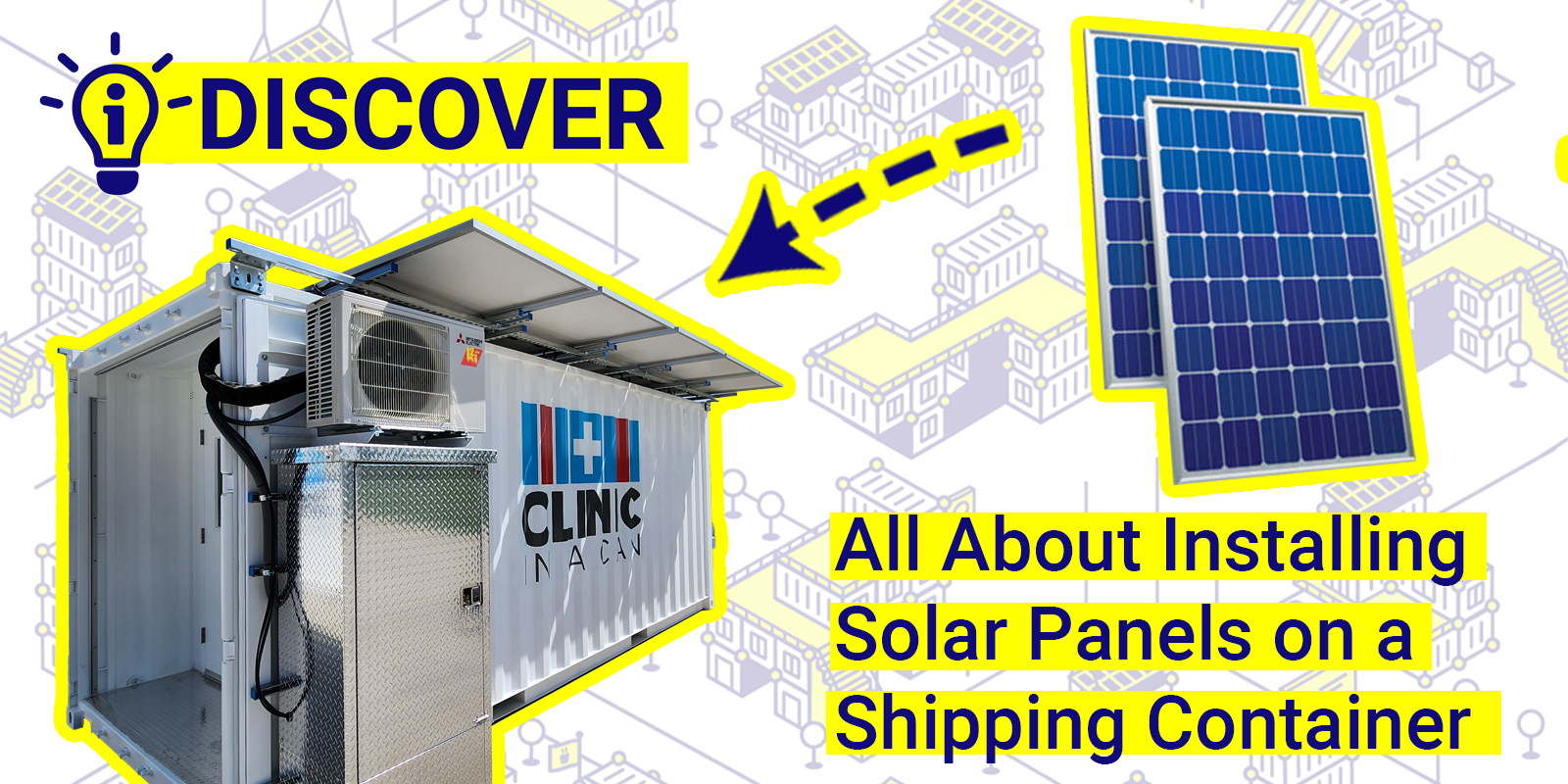
As renewable energy solutions evolve, the shipping container solar system has emerged as a breakthrough in portable, scalable, and efficient power generation. These systems are changing how energy is delivered to remote areas, construction sites, and off-grid communities, providing reliable electricity without relying on traditional infrastructure.
But how exactly is energy output calculated in such a system? And how do container size, solar panel type, and battery capacity influence performance? Let’s break it down step-by-step.
What Is a Shipping Container Solar System?
A shipping container solar system, often referred to as a solar energy container, integrates solar panels, inverters, batteries, and control systems into a single transportable unit. The system can be deployed quickly, providing an instant, self-contained power source wherever it’s needed.
Typically, these containers are designed using either 20ft or 40ft shipping containers. Inside, engineers install electrical components, while the roof or extendable structures hold foldable or sliding solar panels. Once deployed, these panels convert sunlight into electricity that powers tools, machinery, appliances, or even entire mini-grids.
This mobility makes them especially useful in remote locations, humanitarian missions, disaster response efforts, and industrial operations where permanent power setups aren’t feasible.
How Energy Output Is Determined
The energy output of a containerized solar system depends on several interconnected factors:
1. Number and Efficiency of Solar Panels
The total power capacity of a solar container directly relates to how many panels it holds and their wattage rating. Most panels today range from 400W to 700W per unit.
For instance, a 40ft container equipped with 40 panels rated at 500W each would produce:
40 panels × 500W = 20,000 watts or 20 kW of peak power.
In real-world conditions (considering weather and sunlight hours), daily energy output typically ranges between 60–100 kWh, depending on location and panel orientation.
2. Sunlight Availability
The geographic location plays a major role. A container deployed in equatorial Africa or the Middle East will generate more electricity than one in Northern Europe due to higher solar irradiance.
On average:
- Sunny tropical regions: 5 to 6 peak sun hours per day.
- Temperate regions: 3 to 4 peak sun hours per day.
This means the same container can produce anywhere between 60 kWh/day (temperate) and 100+ kWh/day (tropical).
3. Battery Storage Capacity
The battery system stores excess power for nighttime or cloudy conditions. A well-balanced configuration ensures optimal energy utilization. For example:
- A 100 kWh lithium battery can support several hours of full-load operation after sunset.
- Hybrid models include backup generators or grid connections to stabilize supply.
Battery technology, such as lithium-ion or LFP (Lithium Iron Phosphate), also influences lifespan and discharge efficiency.
4. Inverter and System Efficiency
Energy conversion losses occur when DC electricity from panels is converted to AC power. Modern inverters operate at 95–98% efficiency, minimizing energy loss. Regular maintenance and monitoring can further optimize performance.
5. Temperature and Panel Cleaning
High temperatures slightly reduce panel efficiency, while dust and debris can block sunlight. Keeping panels clean and well-ventilated ensures maximum output, especially in desert or coastal regions.
How Many Solar Panels Fit in a 40ft Container?
One of the most frequently asked questions about mobile solar technology is:
How many solar panels fit in a 40ft container?
Typically, a standard 40ft solar container can accommodate 30 to 45 panels, depending on:
- Panel wattage and dimensions.
- Mounting structure (fold-out, sliding, or roof-mounted).
- Additional space reserved for batteries, inverters, and cooling systems.
Advanced systems use telescopic or folding solar modules that slide out from the container, increasing surface area and energy capture by up to 200%. This makes 40ft containers particularly effective for powering large operations or mini-grids.
Applications of Containerized Solar Systems
Containerized solar energy systems have become a preferred choice for a range of industries due to their reliability, portability, and low maintenance. Here are a few examples:
1. Construction and Mining Sites
Provide clean energy for heavy equipment, tools, and temporary site offices, reducing dependence on diesel generators.
2. Emergency Relief and Humanitarian Aid
Offer rapid, deployable power in disaster-affected regions to run hospitals, communication systems, and shelters.
3. Telecommunications
Power remote mobile towers and signal relay stations without continuous fuel resupply.
4. Agriculture and Irrigation
Supply electricity for water pumping, refrigeration, and processing equipment in rural areas.
5. Military Operations
Enable silent, fuel-free power generation for mobile bases, radar units, and communication systems.
These systems are especially valuable in regions with limited grid coverage or unstable infrastructure.
Advantages of Containerized Solar Systems
- Mobility: Easily transportable by road, sea, or air.
- Scalability: Multiple units can be connected to increase total power output.
- Sustainability: Zero emissions during operation.
- Low Maintenance: Minimal upkeep compared to fossil-fuel generators.
- Rapid Deployment: Operational within hours of arrival.
For projects requiring fast setup and reliable power, containerized solar systems provide unmatched flexibility and eco-efficiency.
Performance Optimization Tips
To ensure optimal energy output:
- Monitor energy use regularly using IoT-enabled software or apps.
- Adjust panel tilt angles seasonally to capture maximum sunlight.
- Clean panels periodically to remove dust and debris.
- Inspect battery health every few months to maintain storage efficiency.
- Upgrade components, inverter, and battery technology evolve quickly, improving overall efficiency.
Proper maintenance and system tuning can improve total energy yield by 10–20% annually.
Future of Shipping Container Solar Systems
As solar technology continues to evolve, containerized systems are becoming more compact, intelligent, and powerful. Future designs will include:
- AI-based energy management.
- Integrated microgrids connecting multiple containers.
- Ultra-high-efficiency solar cells exceeding 25% performance rates.
- Advanced storage options like solid-state or sodium-ion batteries.
These improvements will further expand their role in powering sustainable infrastructure across industries, from construction to humanitarian aid.
Conclusion
Understanding the energy output of a shipping container solar system is crucial for determining the right configuration for your project or operation. Factors like panel count, sunlight availability, and battery capacity all play critical roles in overall performance.
A well-designed solar energy container can power anything from remote villages to industrial sites efficiently, while knowing how many solar panels fit in a 40ft container helps businesses and organizations scale energy solutions effectively.
In a world moving toward clean and decentralized energy, mobile solar containers stand at the forefront, bringing sustainable power wherever it’s needed most.
